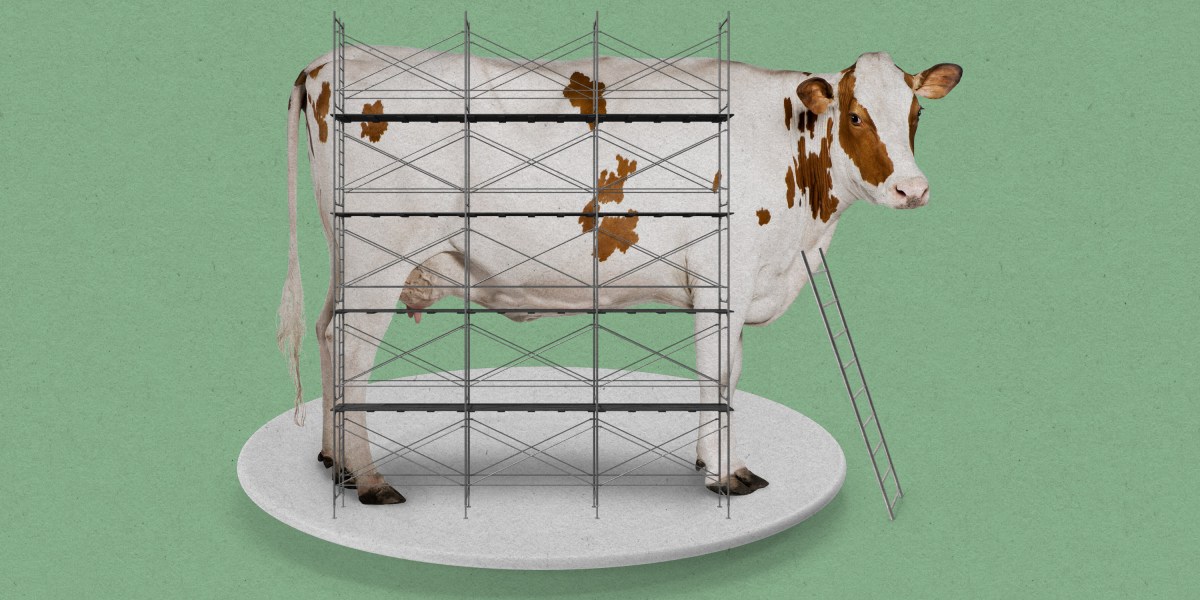Here’s what a lab-grown burger tastes like

The world’s first lab-grown burger, served at a conference in 2013, cost an estimated $330,000 to make. The field has come a long way since, with Singapore becoming the first country to allow commercial sales of lab-grown meat in 2020. And in November 2022, a company in the US passed one of the final hurdles from the Food and Drug Administration.
All this context was swirling in my head as I picked up the lab-grown burger and took a bite.
It was definitely different from beef, but maybe not in a bad way. To me, the lab-grown burger had a strong resemblance to the one from Impossible Foods. The texture was similar, which makes sense since it was mostly made from plants.
Taste-wise, I thought the lab-grown meat may have been a bit closer to the beef burger, but I found myself wondering if I’d feel the same way if I didn’t know which was which. Was my brain tricking me into thinking it tasted more like meat, since I knew that there were animal cells in it? I took bites of all three burgers again to try to figure it out. I’m still not sure.
There are a lot of unanswered questions about lab-grown meat, including whether companies will be able to produce it at commercial scale, how expensive it’ll turn out to be, what the climate impacts will actually look like, and whether anyone will eat this in the first place.
Overall, we could probably use more options that are better for the climate than beef is today. I know that beans and tofu and lentils exist, and I’ve got some great vegetarian recipes I turn to sometimes. But I’m just not ready to give up burgers altogether. And I’m not alone—the vast majority of the world’s population still eats meat.
As the pressure of climate change ratchets up, more people are looking for compromises: alternatives that can replicate, or at least approximate, the experience of eating meat. I’m interested to see whether lab-grown meat can do anything to sway us from the old-fashioned version.
Related reading
- Impossible Foods is apparently working on making a plant-based filet mignon.
Another thing
People are getting really creative when it comes to making jet fuel. While the stuff that powers our planes today is mostly fossil fuels, there are increasingly other options on the table, made of everything from used cooking oil to carbon dioxide sucked out of the atmosphere.






